Cobra Kai's Connection To The Karate Kid: A Continuity Analysis
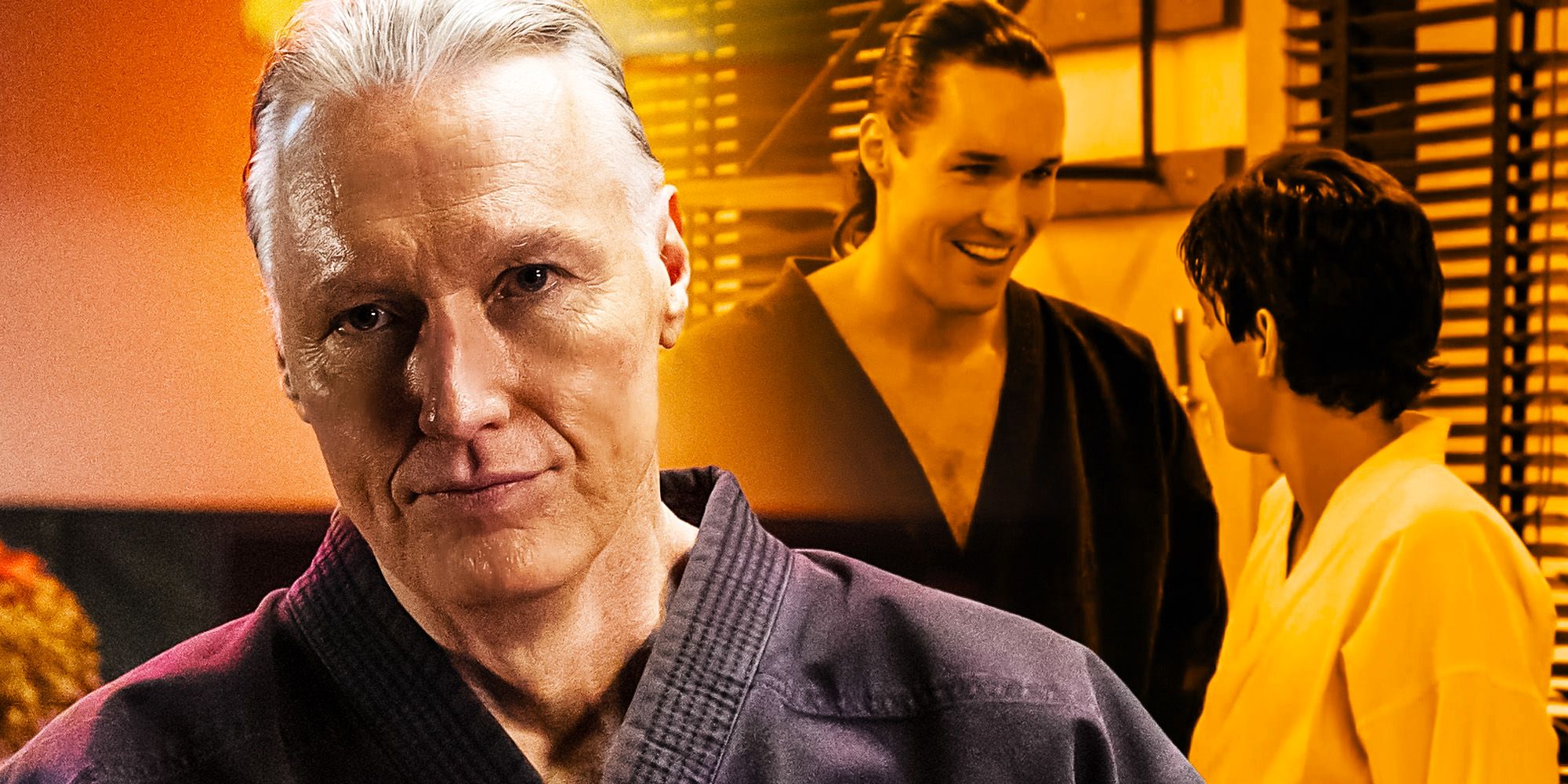
Table of Contents
Cobra Kai, the wildly popular Netflix series, isn't just a sequel; it's a masterful continuation of the iconic Karate Kid saga. This article examines the intricate web of continuity connecting the two, exploring how characters evolve, storylines intertwine, and the original film's themes resonate throughout the show. We’ll analyze the key links, revealing how Cobra Kai successfully expands and enriches the Karate Kid universe.
Revisited Characters and Their Evolved Arcs
The success of Cobra Kai hinges on its ability to revisit beloved characters from The Karate Kid and allow them to evolve in unexpected and compelling ways. This nuanced approach to character development is a key element of the show's continuity and its enduring appeal.
Daniel LaRusso's Journey
Daniel LaRusso, the underdog hero of The Karate Kid, isn't simply rehashed in Cobra Kai. Instead, we see a man grappling with the legacy of Mr. Miyagi and the ongoing conflict with Johnny Lawrence. His journey reflects the complexities of adulthood and the challenges of maintaining balance in life.
- Overcoming trauma: Daniel continues to process the lingering effects of his teenage battles, both physical and emotional. The trauma he endured shapes his worldview and his approach to conflict resolution, often causing him to overreact or resort to defensive measures.
- Balancing family and business: The show expertly portrays Daniel's struggles to maintain a successful car dealership while simultaneously raising a family. His professional and personal lives frequently clash, testing his patience and forcing him to make difficult choices.
- Passing on Miyagi-Do's teachings: A crucial aspect of Daniel's arc involves his attempt to pass on Mr. Miyagi's philosophy and martial arts techniques to a new generation. This act of mentorship becomes a vital part of his own healing process and a way to honor his deceased mentor. This creates a direct connection to the core theme of mentorship from the original Karate Kid films.
Johnny Lawrence's Redemption Arc
Johnny Lawrence, the original Karate Kid villain, undergoes a significant transformation in Cobra Kai. His journey is perhaps the most compelling example of the show’s ability to subvert expectations and explore complex moral ambiguities.
- Redemption from past mistakes: The series explores Johnny's motivations, revealing the reasons behind his aggressive behavior in his youth. He grapples with the consequences of his actions and seeks redemption through his interactions with Miguel and his re-evaluation of his own Karate training. This is in stark contrast to his portrayal as a one-dimensional bully in the original film.
- Father-son relationship with Miguel: Johnny's relationship with Miguel Díaz serves as a catalyst for his personal growth. He finds a surrogate son in Miguel, mirroring the mentor-student bond he lacked in his youth.
- Re-evaluation of his own Karate training: Johnny’s re-evaluation of his own Cobra Kai training and its impact on him forms a significant part of his arc. He discovers the flaws and toxic nature of Kreese’s teachings.
Recurring Characters and Their Impact
Cobra Kai cleverly reintroduces characters from The Karate Kid films, expanding their roles and adding new layers to their personalities. These recurring characters play a significant role in shaping the show’s narrative.
- Kreese's enduring villainy: John Kreese returns as the embodiment of ruthless ambition and toxic masculinity. His presence serves as a constant reminder of the darkness that can accompany the pursuit of power, forcing both Daniel and Johnny to confront their past.
- Chozen's unexpected alliance: The introduction of Chozen Toguchi, Daniel's former adversary, offers a surprising twist. His unexpected alliance with Daniel highlights the show's ability to rewrite established narratives and create complex relationships.
- The impact of supporting characters: The supporting characters, such as Ali Mills and Kumiko, further enrich the narrative, providing context and depth to the main characters’ lives and highlighting the lasting impact of their past relationships.
Thematic Continuity: Exploring Core Themes
Beyond character arcs, Cobra Kai maintains thematic continuity with The Karate Kid, exploring enduring themes of morality, mentorship, and the enduring power of legacy.
The Nature of Good and Evil
Cobra Kai expertly deconstructs the simplistic notion of good versus evil. Neither Miyagi-Do nor Cobra Kai represents pure good or evil; instead, the show explores the grey areas of morality and the complexities of human nature.
- Moral ambiguity: The show continually challenges viewers to question their assumptions about right and wrong. Characters make mistakes and grapple with their actions, highlighting the moral ambiguity inherent in conflict and self-improvement.
- The grey areas of karate: The show emphasizes that karate, like life itself, is not black and white. The techniques and philosophies can be used for good or ill, depending on the intentions and character of the practitioner.
- Character motivations: The series delves deeply into the motivations of each character, revealing the underlying reasons for their choices and the complexities driving their actions. This adds depth to the narrative and allows for a nuanced exploration of morality.
Mentorship and Legacy
Mentorship and the passing of the torch are central themes in both The Karate Kid and Cobra Kai. The mentor-student relationships shape the characters' development and influence their destinies.
- Mr. Miyagi's influence on Daniel: Daniel’s continuous efforts to live up to Mr. Miyagi’s teachings serves as the bedrock of his character. His actions are often a reflection of this influence and his desire to honor his mentor’s legacy.
- Johnny's influence on Miguel: Johnny’s unconventional mentorship of Miguel provides a compelling parallel to Mr. Miyagi’s training of Daniel, albeit with a far different outcome. This showcases the varying styles of mentorship and the impact of the sensei’s past.
- The passing of the torch: The act of passing on knowledge and skills – whether martial arts or life lessons – becomes a significant theme, showcasing the continuity and generational impact of mentorship.
Plot Points and Easter Eggs Referencing The Karate Kid
Cobra Kai is filled with Easter eggs and references to the original Karate Kid films, both overt and subtle. These nods to the past enhance the viewing experience and deepen the connection between the two franchises.
Direct References and Callbacks
The series utilizes direct references to reinforce the continuity and resonate with fans of the original films. These include explicit callbacks to specific events, locations, and even dialogue.
- Specific fight choreography references: Certain fight sequences contain deliberate echoes of the original film's choreography, adding a layer of familiarity and nostalgia for longtime fans.
- Recurring locations: The show frequently revisits locations from The Karate Kid, like the LaRusso residence and the All Valley Karate Tournament venue.
- Dialogue callbacks: Specific lines of dialogue and phrases from the original film often reappear in Cobra Kai, reminding viewers of the characters' shared history.
Subtler Connections and Narrative Echoes
Beyond overt references, Cobra Kai employs subtler narrative devices to connect with its predecessor. These subtle connections enhance the continuity and enrich the overall narrative.
- Similar character conflicts: The show features character conflicts that echo those in The Karate Kid, creating a sense of familiarity while also developing these conflicts in new and unexpected ways.
- Parallel story arcs: The series mirrors certain story arcs from the original film, creating parallel narratives that explore similar themes and challenges.
- Recurring motifs: Recurring visual motifs, such as the crane kick or specific locations, reinforce the thematic and visual continuity between the two franchises.
Conclusion
Cobra Kai masterfully weaves together the rich tapestry of The Karate Kid legacy, creating a compelling and nuanced continuation of the story. Through revisited characters, thematic continuity, and clever references, the show successfully expands upon the original films while exploring new depths within its characters. The complex relationships, moral ambiguities, and compelling storylines demonstrate how Cobra Kai not only honors the original but also creates a unique and engaging narrative experience. To further explore the intricate details of this connection, dive deeper into the specifics of each character arc and revisit scenes to catch all the subtle references. Understanding Cobra Kai's connection to The Karate Kid unveils a richer understanding and appreciation of both franchises.

Featured Posts
-
 Experience The John Wick Universe Become Baba Yaga In Las Vegas
May 07, 2025
Experience The John Wick Universe Become Baba Yaga In Las Vegas
May 07, 2025 -
 Zrownowazony Rozwoj W Wizji Nawrockiego Rola Drog S8 I S16
May 07, 2025
Zrownowazony Rozwoj W Wizji Nawrockiego Rola Drog S8 I S16
May 07, 2025 -
 Anthony Edwards Injury Update Will He Play In Timberwolves Lakers Game
May 07, 2025
Anthony Edwards Injury Update Will He Play In Timberwolves Lakers Game
May 07, 2025 -
 Steelers Decision To Keep George Pickens An Insider Perspective
May 07, 2025
Steelers Decision To Keep George Pickens An Insider Perspective
May 07, 2025 -
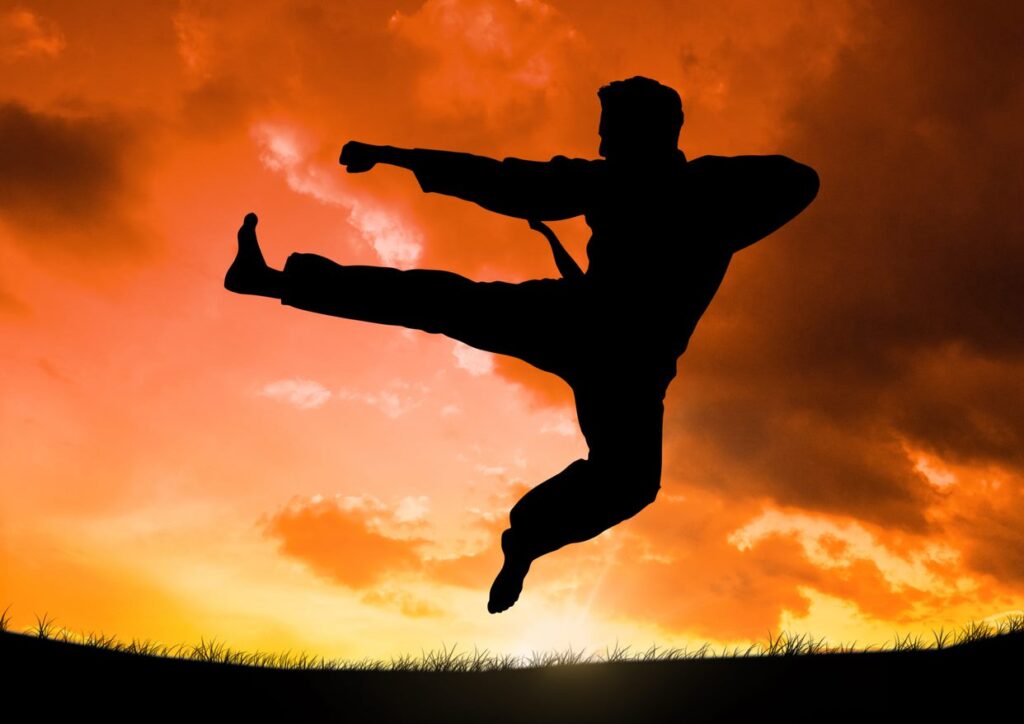 Understanding Mr Miyagis Teaching Methods In The Karate Kid
May 07, 2025
Understanding Mr Miyagis Teaching Methods In The Karate Kid
May 07, 2025
Latest Posts
-
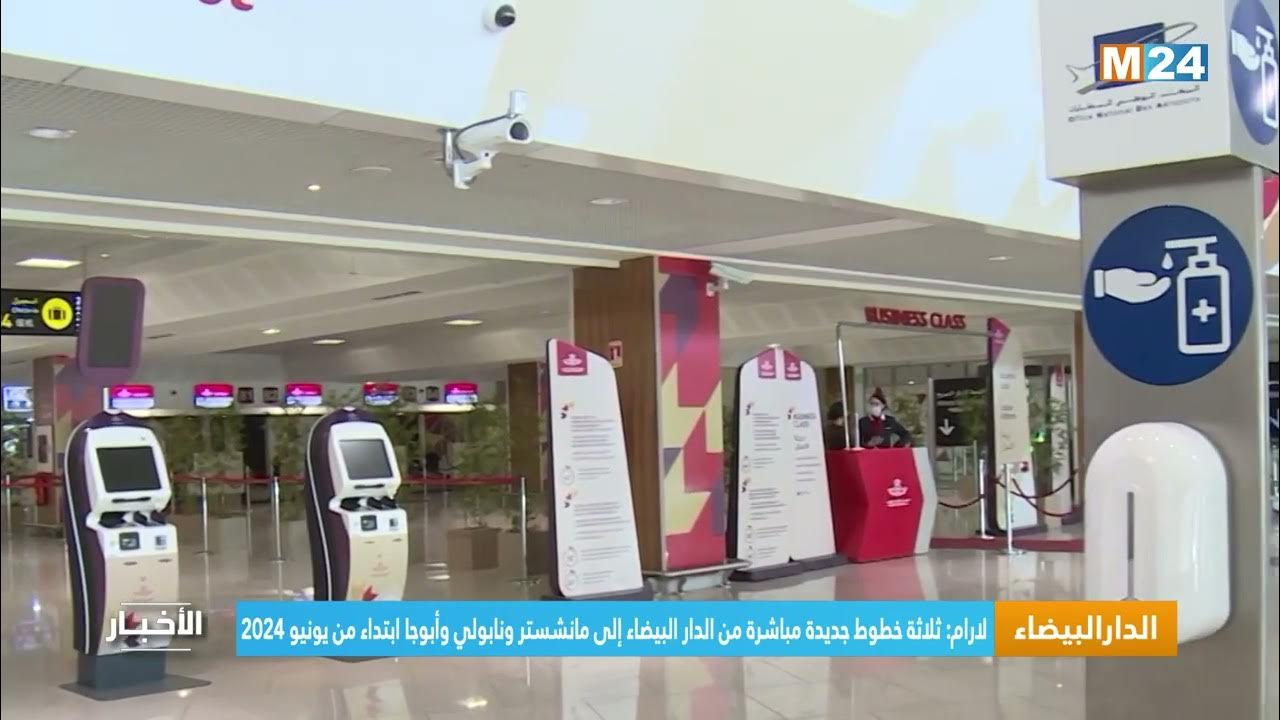 Rhlat Jwyt Akthr Byn Saw Bawlw Waldar Albydae Me Alkhtwt Almlkyt Almghrbyt
May 07, 2025
Rhlat Jwyt Akthr Byn Saw Bawlw Waldar Albydae Me Alkhtwt Almlkyt Almghrbyt
May 07, 2025 -
 Tezyz Alrbt Aljwy Byn Ifryqya Walsyn Mdhkrt Tfahm Byn Laram Walkhtwt Aljwyt Aljnwbyt Alsynyt
May 07, 2025
Tezyz Alrbt Aljwy Byn Ifryqya Walsyn Mdhkrt Tfahm Byn Laram Walkhtwt Aljwyt Aljnwbyt Alsynyt
May 07, 2025 -
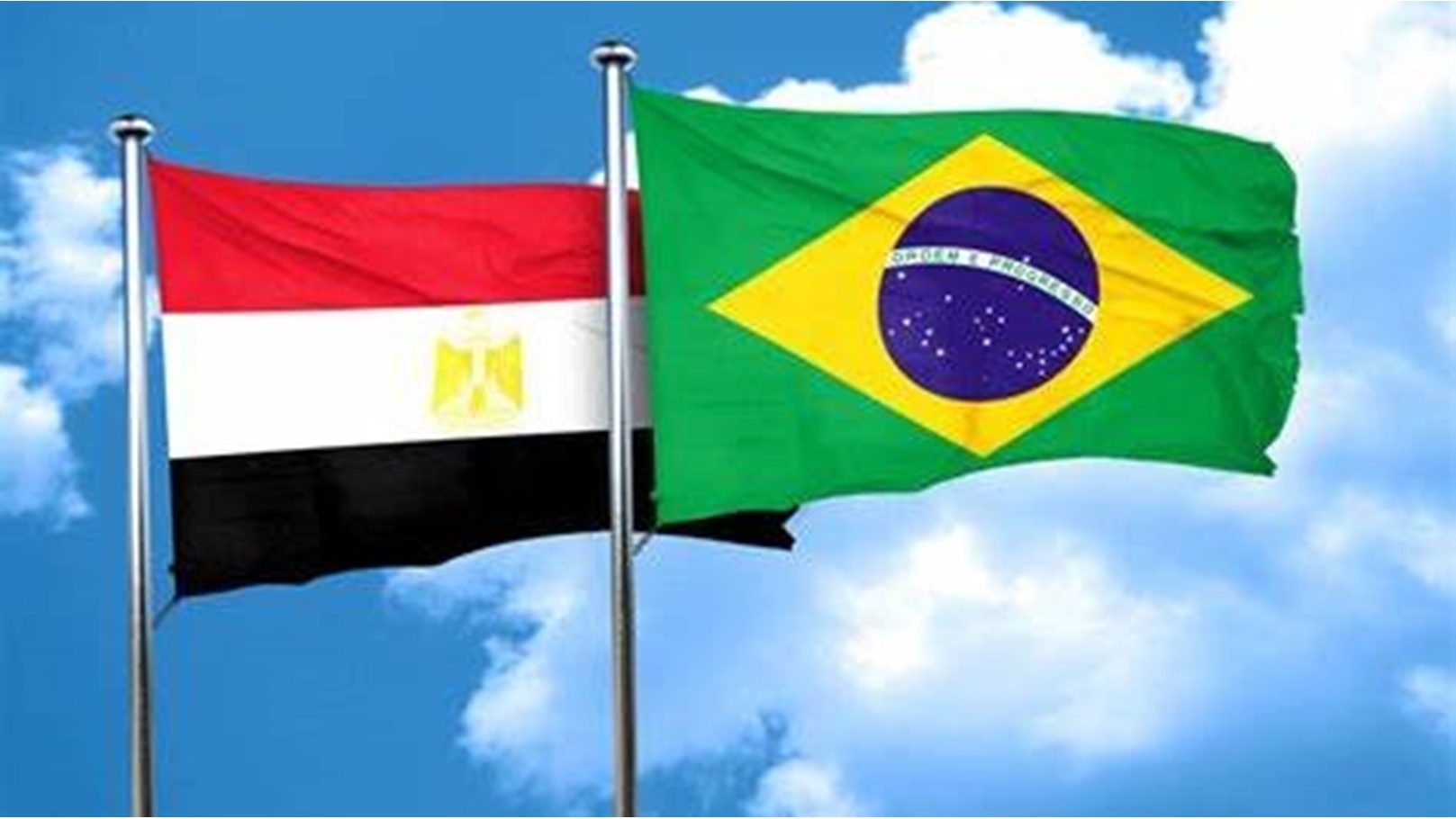 Atfaqyt Laram Wimbratwr Zyadt Tdfq Alsyah Ila Albrazyl
May 07, 2025
Atfaqyt Laram Wimbratwr Zyadt Tdfq Alsyah Ila Albrazyl
May 07, 2025 -
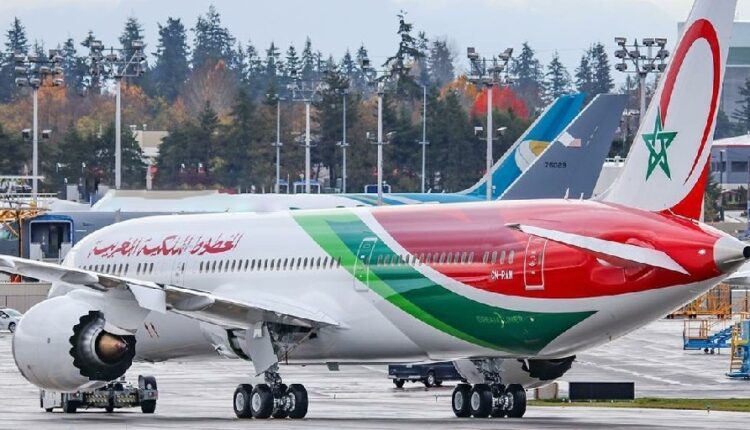 Alkhtwt Almlkyt Almghrbyt Tzyd Edd Rhlatha Byn Almghrb Walbrazyl
May 07, 2025
Alkhtwt Almlkyt Almghrbyt Tzyd Edd Rhlatha Byn Almghrb Walbrazyl
May 07, 2025 -
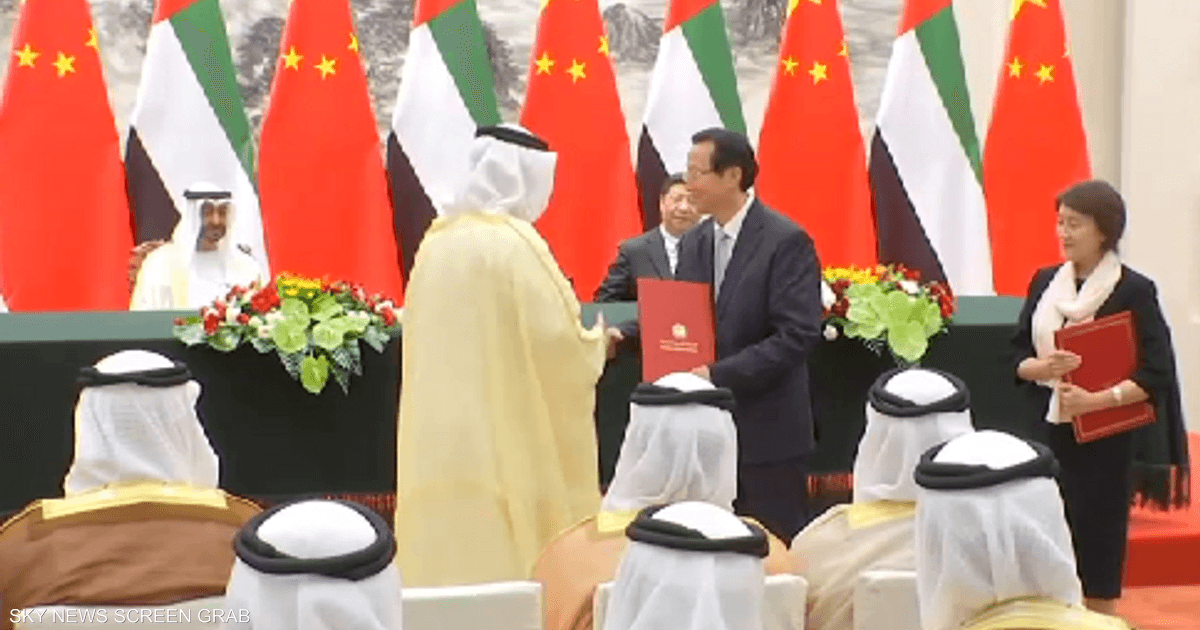 Atfaqyt Laram Walkhtwt Aljwyt Aljnwbyt Alsynyt Lrbt Ifryqya Walsyn Jwya
May 07, 2025
Atfaqyt Laram Walkhtwt Aljwyt Aljnwbyt Alsynyt Lrbt Ifryqya Walsyn Jwya
May 07, 2025
